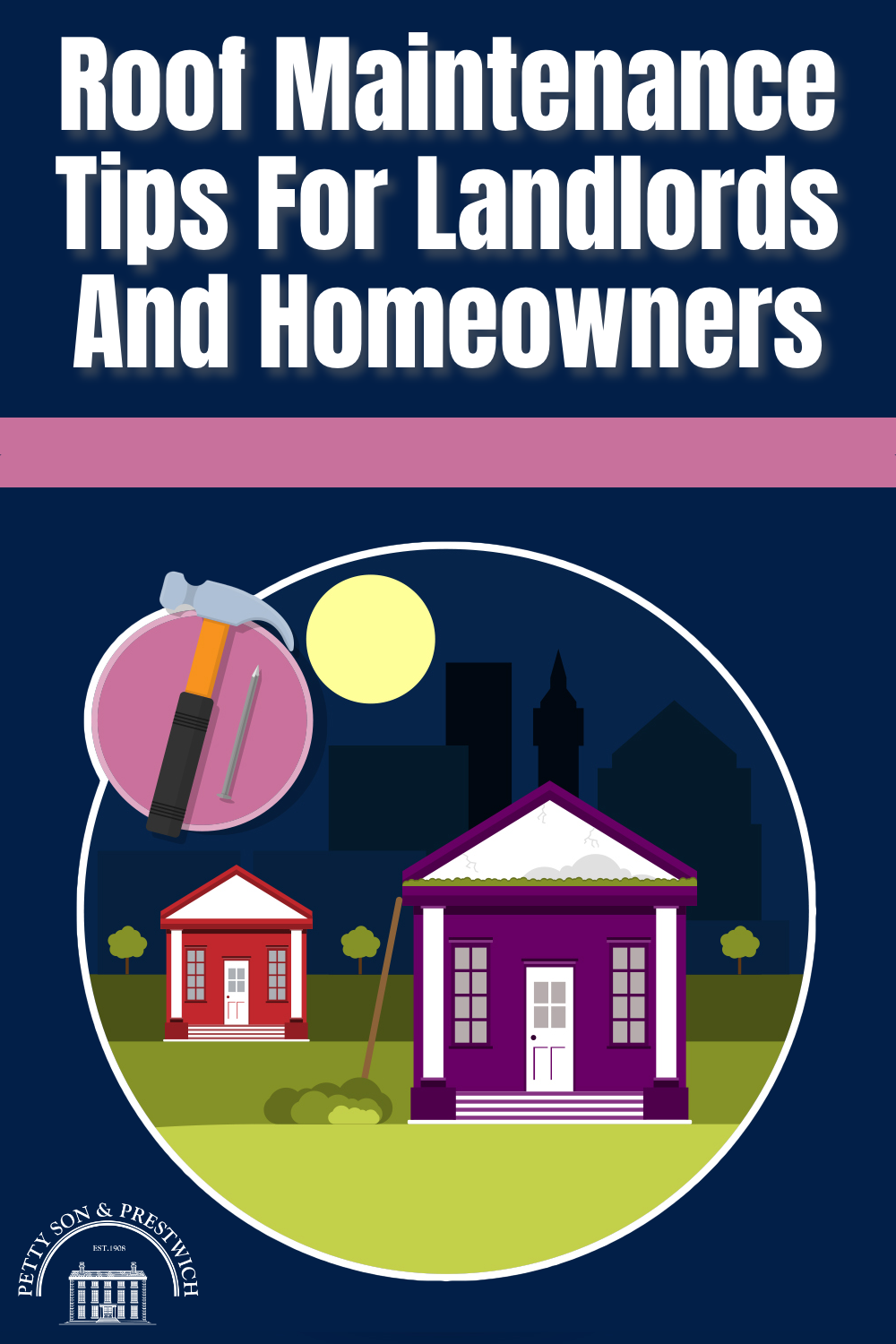Ahh, roofing. If there’s one part of the home that can strike fear into its owners with just the mention of its name, it’s the roof. Understandably so, considering how important our roofs are...and how costly they are to repair! You’d think, then, that every homeowner and landlord would be well versed in roof maintenance, wouldn’t you?
Unfortunately, despite knowing that prevention is better than cure, our roofs tend to get neglected. Maybe it’s a case of out-of-sight-out-of-mind or simply putting off the inevitable expense, who knows?
Whatever the reason, leaving the uppermost part of our property untended is a mistake well worth avoiding. With this in mind, we’ve compiled a list of roof maintenance tips for both landlords and homeowners to help keep your roof in tip-top shape. However, before we get to those, keep the following in mind...
Check regularly, act immediately
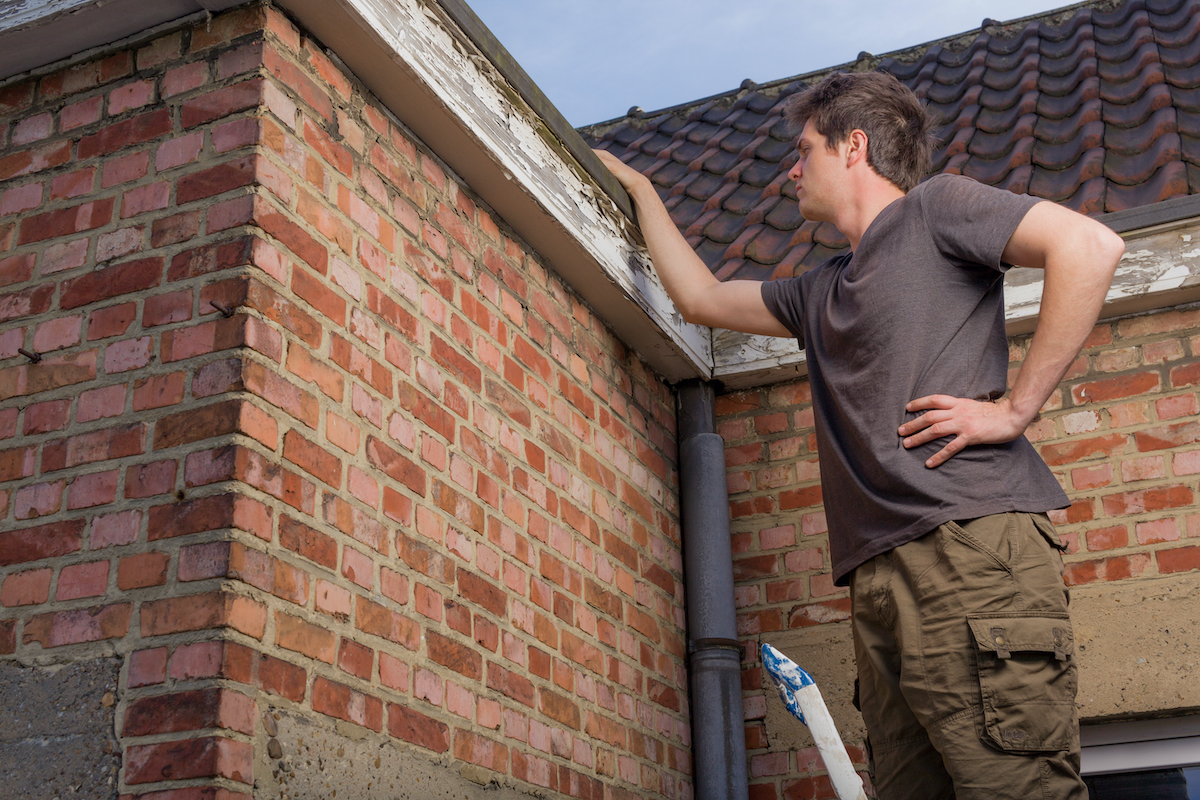
The best way to avoid a big problem is to catch it when it’s small. Regular roof inspections will alert you to any little issues that may be starting, so it’s a job worth doing.
How regularly should you check your roofing? Twice a year is best, with before and after winter being the optimal times to do so. Checking the roof in autumn and spring will allow you to get things sorted before the bad weather begins and then see if the colder months have wreaked havoc on your housetop.
As for what you should be checking for, look out for the following on the outside:
- Missing or broken tiles or slates
- Broken or misaligned guttering
- Flashing around the chimney and / or dormer windows still sitting flush
- Moss or algae growth
You should also check for the following from the inside as well:
- Water marks on timber or insulation
- Sunlight making its way through
- Any signs of decay or mould
- Visible signs of damage or sagging
If you do happen to find anything untoward, don’t dawdle. Remember, the whole point of performing regular inspections is to catch problems early, so get things fixed as soon as possible.
5 Roof maintenance tips for homeowners and landlords
If you really want to be proactive and keep your roof in the best possible condition all year round, the following tips will help:
Clean your gutters
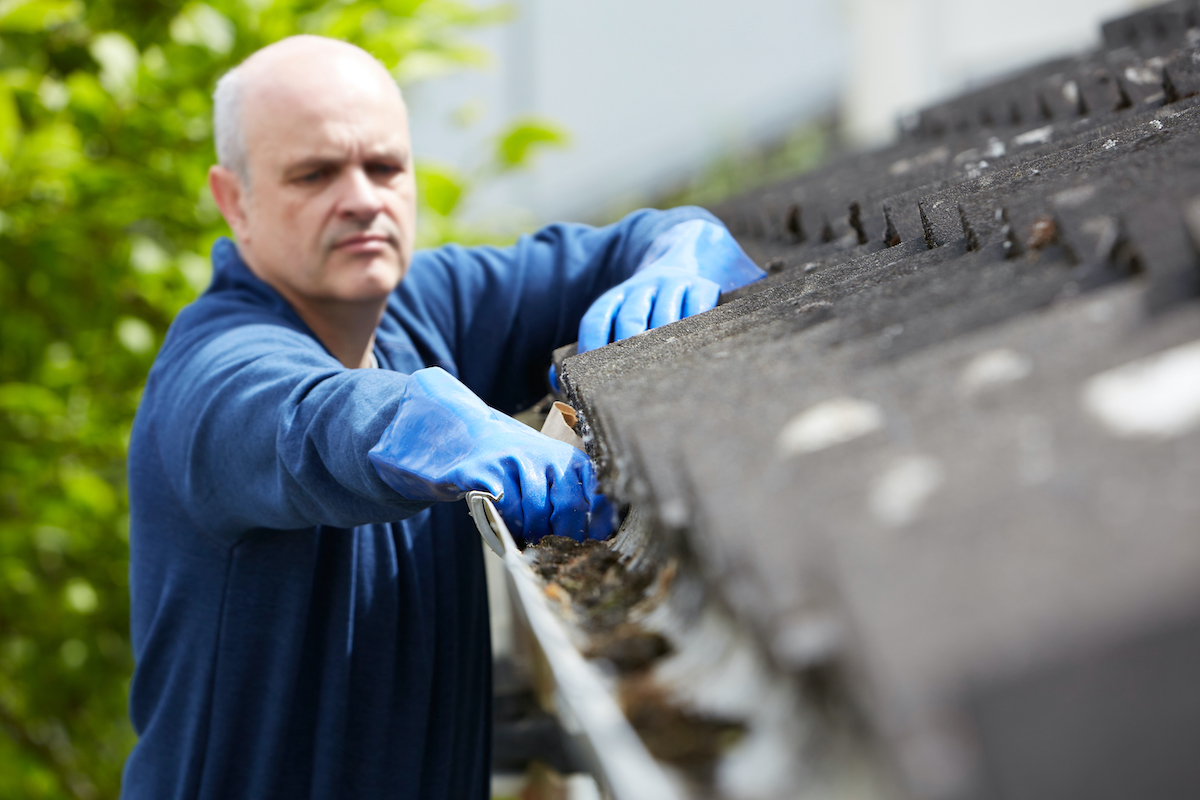
Keeping your gutters clear will allow them to serve their purpose properly, which is to get water away from the property as quickly as possible. Gutters can become blocked incredibly quickly, especially around the autumnal months, so make sure you check them at least once every six months.
Do away with debris
This is mainly for those who have flat roofs on part of their property, but it can apply to pitched roofs as well. Just as debris will gather in your gutters, so too will it find a home on your roof if you let it.
A buildup of debris is both unsightly and potentially harmful to your roof. Even something as innocuous as a small pile of leaves can cause huge problems if left unattended, so get them cleared away.
Trim those trees
Speaking of leaves, trees can cause all sorts of problems for your roof if you allow them to get too close. Not only will they drop their leaves directly onto your roof and into the guttering, they could also damage the roof itself during high winds and storms.
Branches and limbs could become dislodged from the main body of the tree or simply lift a tile from its fixings, so be sure to keep any nearby trees well back from your property.
Don’t let moss be the boss
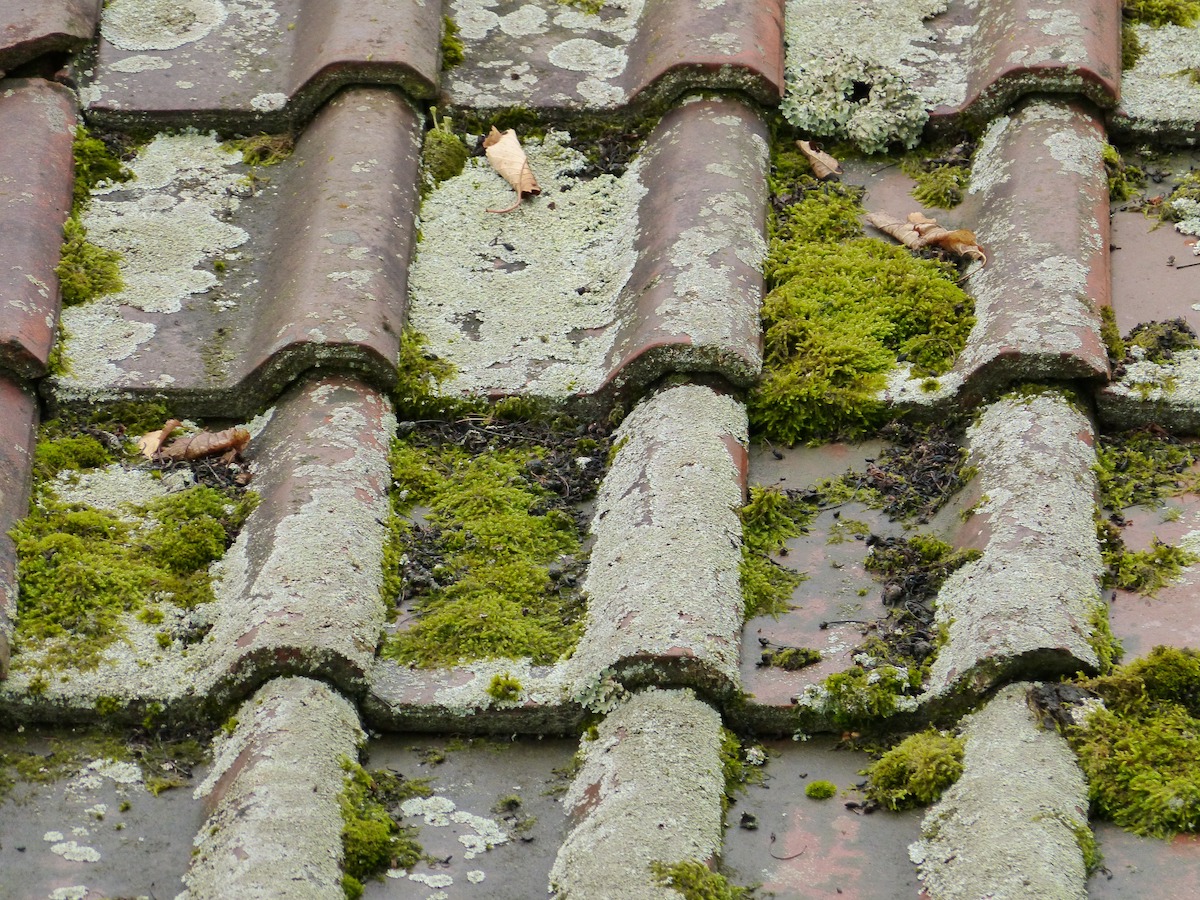
Although a little bit of moss may look harmless enough, it can actually cause major problems...both to your roof and your wallet. Large patches of moss can hold a surprising amount of water, and that is never a good thing.
Said water will, in time, rot roofing materials and can even cause tiles to crack or become dislodged if left to its own devices, especially when the mercury drops and that water freezes and then thaws. In short, if you spot moss or algae on your roof, get it gone!
Insulation and ventilation
Taking things inside now, it’s always a good idea to check the underside of your roof wherever possible. Access your attic or loft and look around for any obvious signs of penetration, such as water marks, mould forming, or noticeable cracks where sunlight is peaking through.
While insulation is thought of largely as a way to keep hot air in and cold air out by forming a thermal barrier, it also serves your roof as well. Same applies to ventilation.
For example, if your insulation isn’t up to scratch, it could, in extreme cases, lead to ice dams forming on your roof during heavy snowfall. This is due to the unnaturally fast melting, and then refreezing, of the snow on your roof thanks to heat escaping from your home through the roof.
Similarly, having adequate ventilation will help regulate roof temperatures and lessen condensation, which is a major contributor in the reduction of roofing materials life expectancy. It can also, if left unattended for prolonged periods, render that expensive insulation ineffective, so the two really do go hand in hand.
CAUTIONARY NOTE: Many of the above tips naturally require access to the roof in order to carry them out. While it may be tempting to take the DIY approach, working on the roof of any property is a job for professionals with the correct safety equipment at their disposal. Please, do not try and do the maintenance yourself. No excuses: If you’re not a roofer, call one.
Make roof maintenance a priority
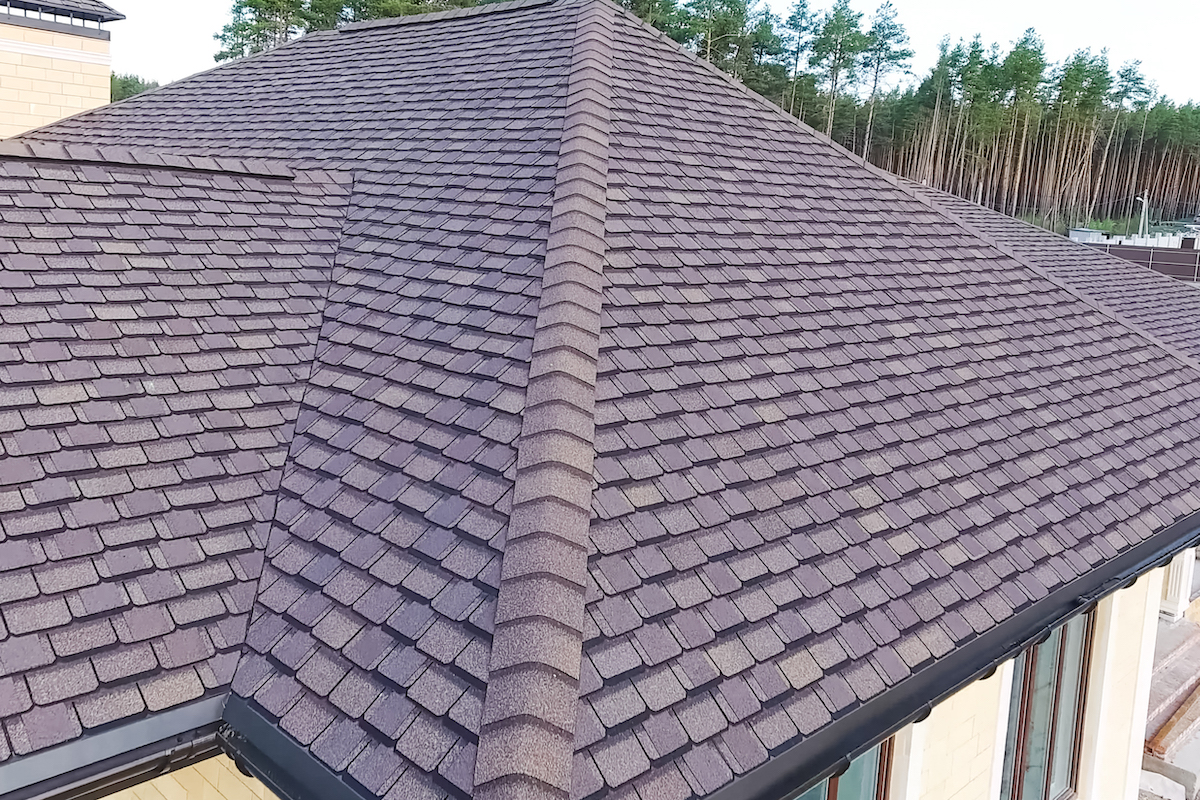
To reiterate the point made throughout this post, avoiding hefty roofing bills is the name of the game here. By following the above roof maintenance tips and performing regular checks, you should be able to do just that.
Even if you have to pay a roofer to come out and fix the odd tile here and there, doing so early will help prevent major problems arising and keep your outgoings to a minimum, which is good news for both landlords and homeowners alike.
If you want to take a real belt-and-braces approach, however, you could consider the following as well...
Set up a sinking fund (or similar)
While this may seem unnecessary for freehold homeowners, it can, in actuality, be just as useful for them as it is for leaseholders and their landlords. Creating a sinking fund, whether it be a personal one or a more traditionally business-orientated affair, will soften the blow should the worst happen.
That’s it for another week, we sincerely hope you found the information contained within this article useful and practical. All that remains now is for you to put what you’ve learned here to good use. Don’t get caught out - be proactive, not reactive!
If you’d like more property related posts to hit your inbox every Monday, sign up for our newsletter. We cover every angle of the property market, with handy guides and advice for buyers, sellers, landlords, and tenants published each and every week.
Alternatively, if you’re already keen to make your move on the market, give us a call. As one of East London’s oldest estate agents, Petty Son and Prestwich is a name you can trust.
